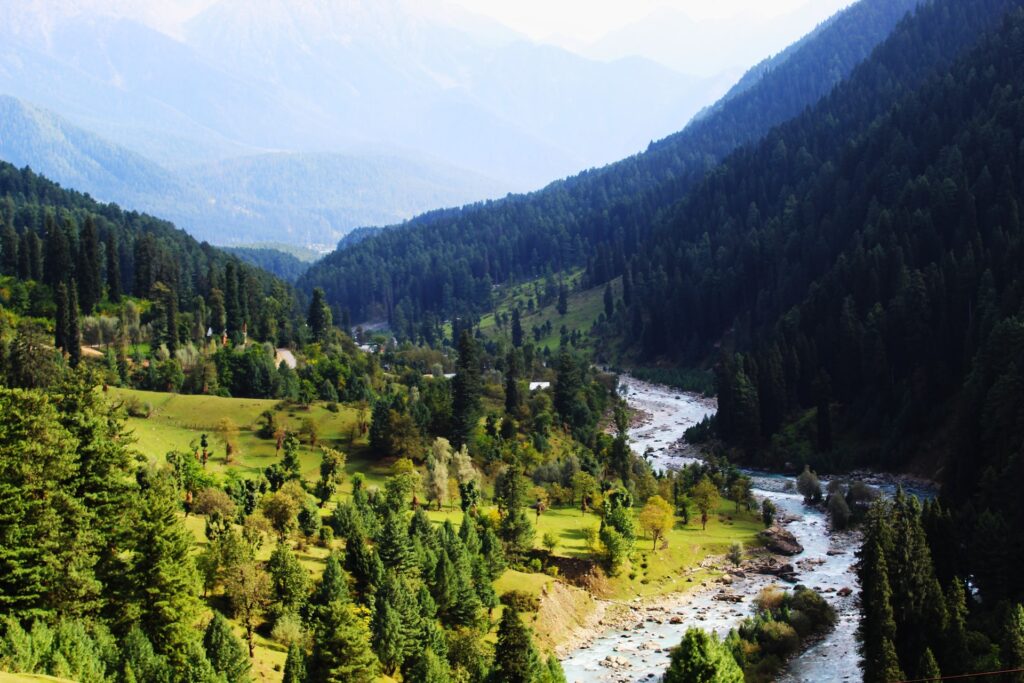
It is summer. Dad is stationed at Srinagar, Kashmir, and we are taking a road trip in a military transport to join him for our summer vacation. It is a long and arduous trip in the hot, sweltering heat across the northern plains of India. The canvas flaps on the sides of the truck are rolled up slightly to allow for some air.
Finally, we start to climb into the mountains. The air starts to get cooler. We climb higher. Now, it starts to really cool down. The two jawans (soldiers) escorting us on the trip pull down the canvas flaps, and tighten them all around, so the cold breeze is blocked. It is dusk. We reach the highest point of our journey which is a little township (if you can call it that) called Kud, and park outside the Dak bungalow (a government building, a relic from the British Raj used as rest houses).
We pile out of the truck. It is unexpectedly windy and freezing. We had not anticipated the cold and still have our jackets in the suitcases. Kud is a little over 6,000 feet in elevation, but the summer heat of the plains was still in our brain. The two younger siblings, shivering in their short cotton dresses, grab what they can of Mama’s sari palla (scarf portion of the sari), and try and wrap themselves in it. We, older ones, in our salwar and kurta, are slightly better off. A junior officer is waiting and hurries us into the Dak bungalow where a fire is burning in the marble fireplace in the drawing room. Oh, the bliss of thawing out! We are served hot chai and cookies.
Dinner is served within an hour. Allu Poori (or Allu Tak as we call it), accompanied by hot puffed pooris. It is delicious. The memory of it still stays with me.
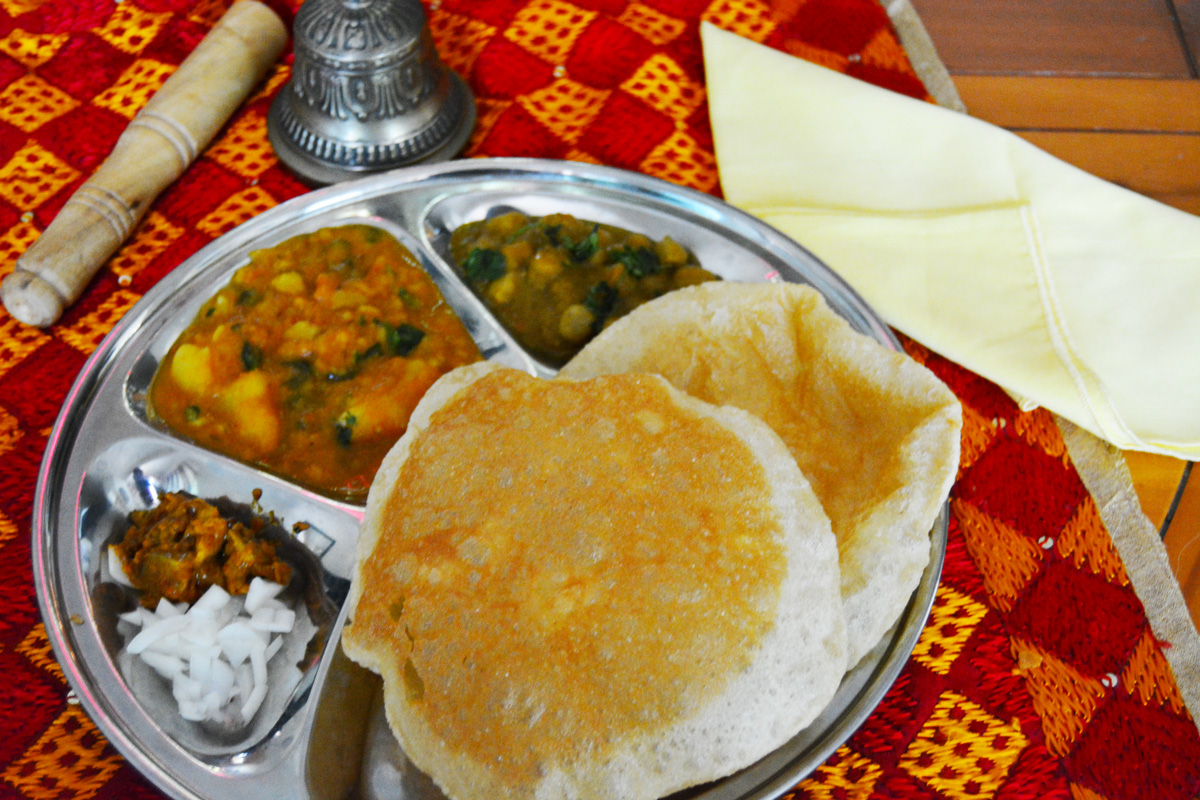
Allu Poori (Curried Potatoes)
Ingredients
- 6 medium potatoes, boiled, peeled, and diced into bite sized cube
- ¼ cup yellow onions or shallots chopped fine
- 1 tsp fresh ginger chopped
- ¼ tsp chili powder or to taste
- ¼ tsp turmeric powder
- 1 tsp cumin powder (or ½ teaspoon cumin seeds)
- 2 tbsp tomato paste (or 3 fresh tomatoes chopped fine or puréed)
- 2-3 tbsp cooking oil
- 1 small or medium green chili (jalapeño), whole or chopped (optional)
- 3 cups hot water (approximately)
- 1 tsp salt or to your taste
- ¼ tsp garam masala (optional)
Instructions
- Heat oil in a deep skillet or wok. Toss in cumin seeds, stir for 30 seconds.
- Add the green chili and ginger, stir for 30 seconds.
- Add the onions and sauté for 3-5 minutes until they start to turn slightly brown.
- Add turmeric, chili, and cumin powders.
- Stir the powders for less than 30 seconds, and then add the tomato paste.
- Cook for about 2-3 minutes to get the raw taste of tomatoes out. If using fresh tomatoes, cook until they turn pulpy, approximately 10-15 mins.
- Now add the potatoes into the onion-tomato spice mixture and add approximately 3 cups of water.
- Add salt. Give the mixture a nice stir, then cover, and bring to a boil.
- Simmer for 10 minutes.
- Uncover and with the back of your spoon mash some of the potatoes up against the sides of the pan to get a thickish gravy.
- Monitor the water you add. The gravy has to be a thick gravy and not watery. If it gets too thick you can add more water, if too thin, uncover and cook until it thickens
- Turn off heat and let sit 5 -10 minutes.
- Pour into a serving dish and garnish with chopped cilantro and sprinkle with garam masala
- Serve with pooris, pita bread, tortillas or parathas. This dish goes well with any kind of flat bread.
Notes
Srinagar Photo by SOURAV BHADRA on Unsplash

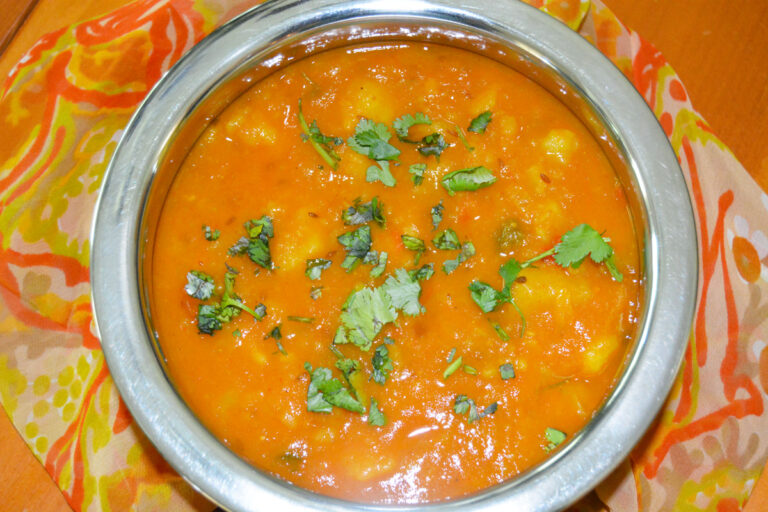
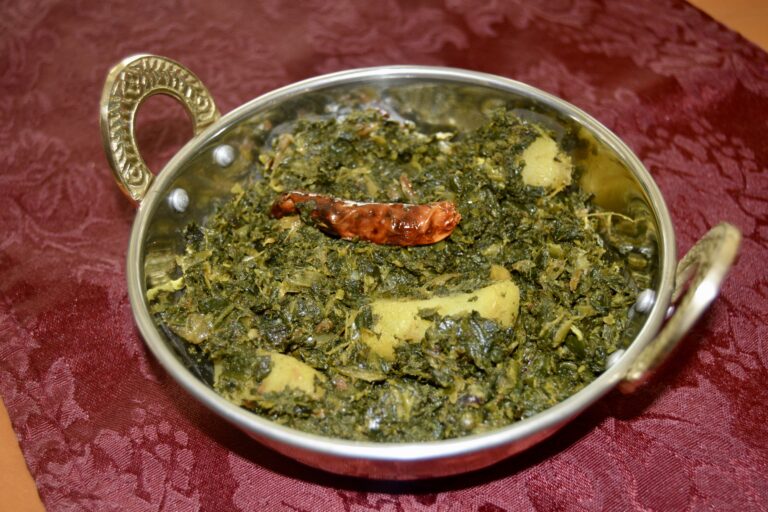
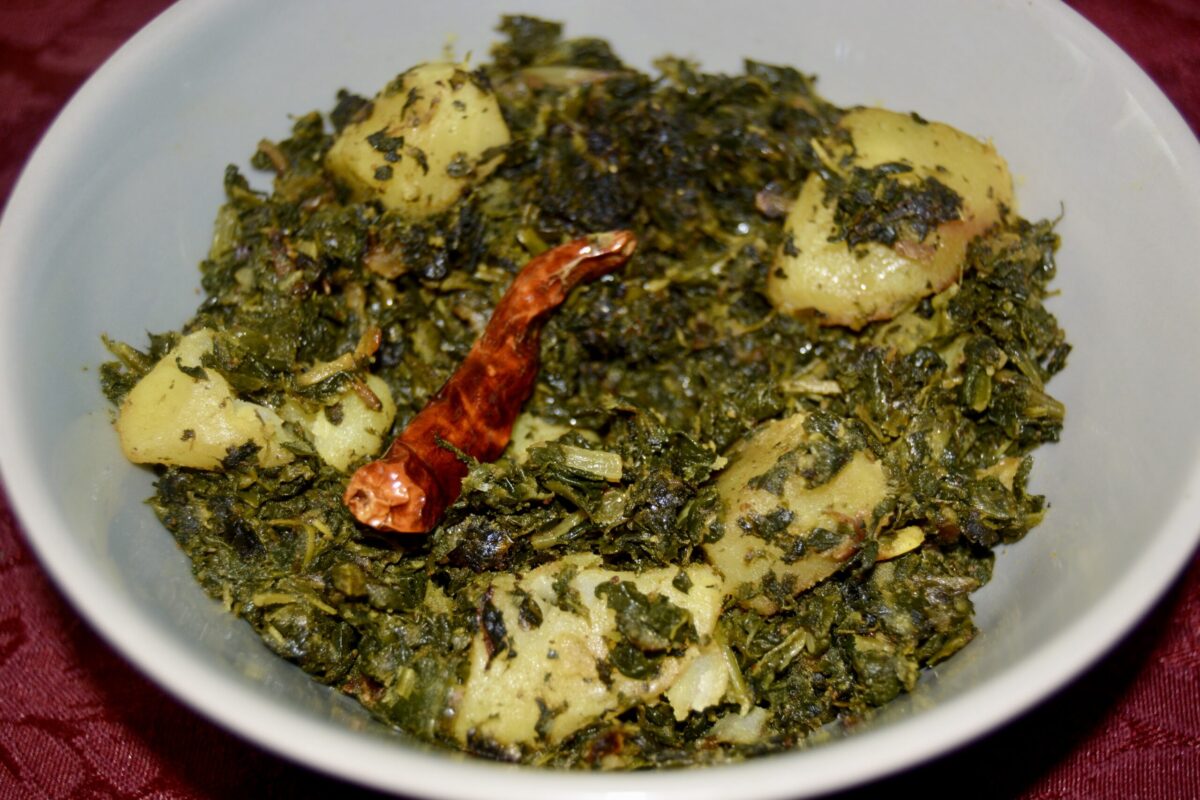
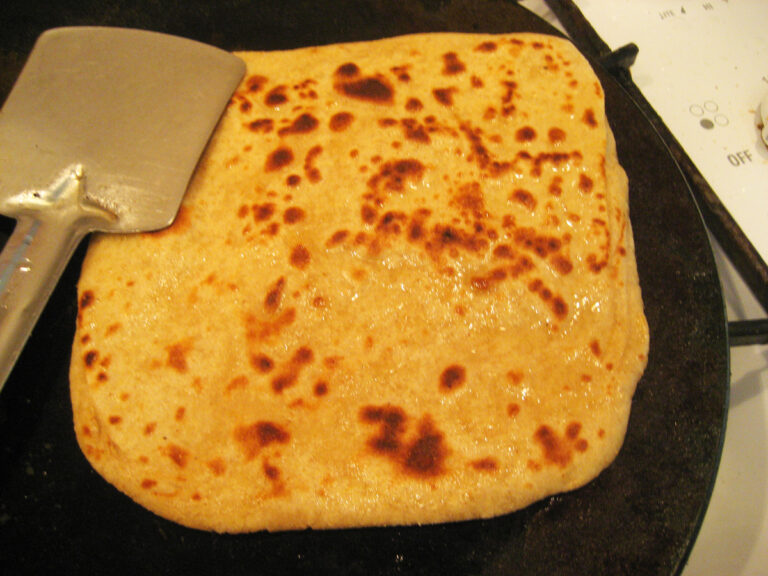

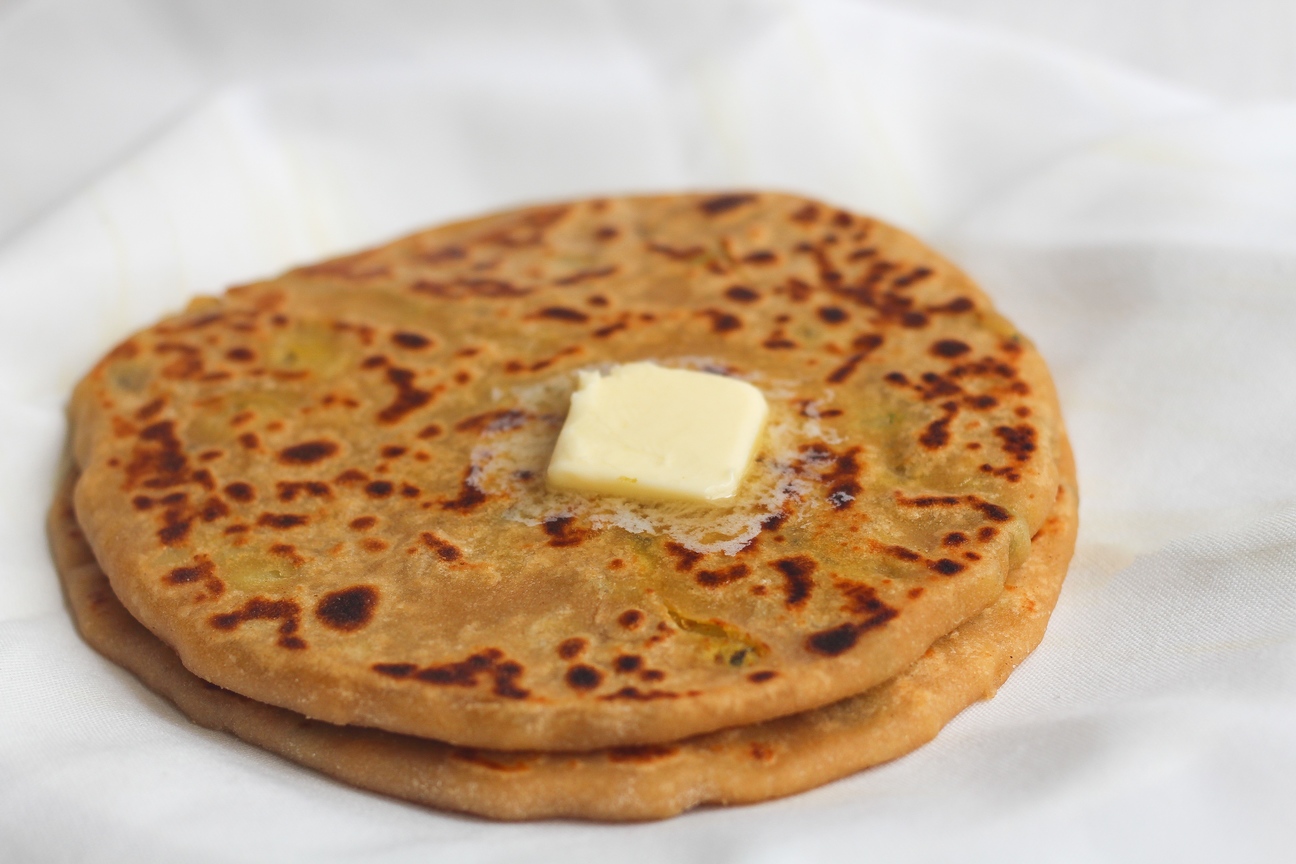
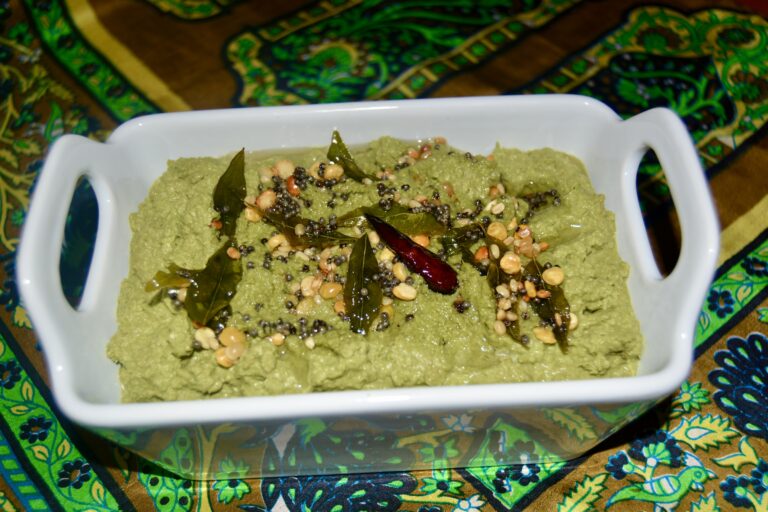
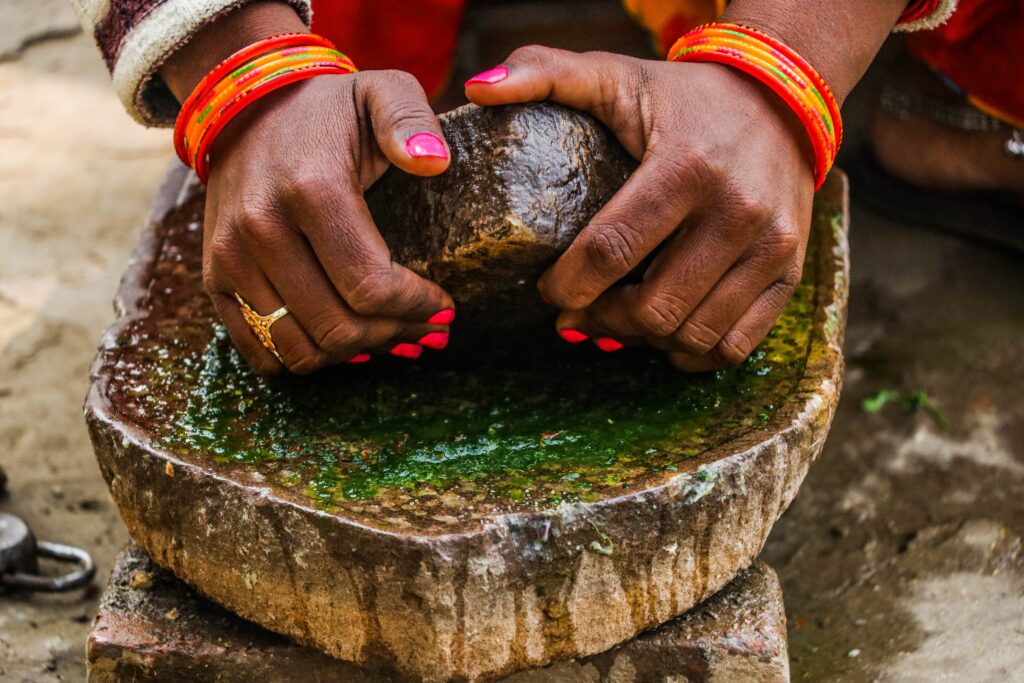
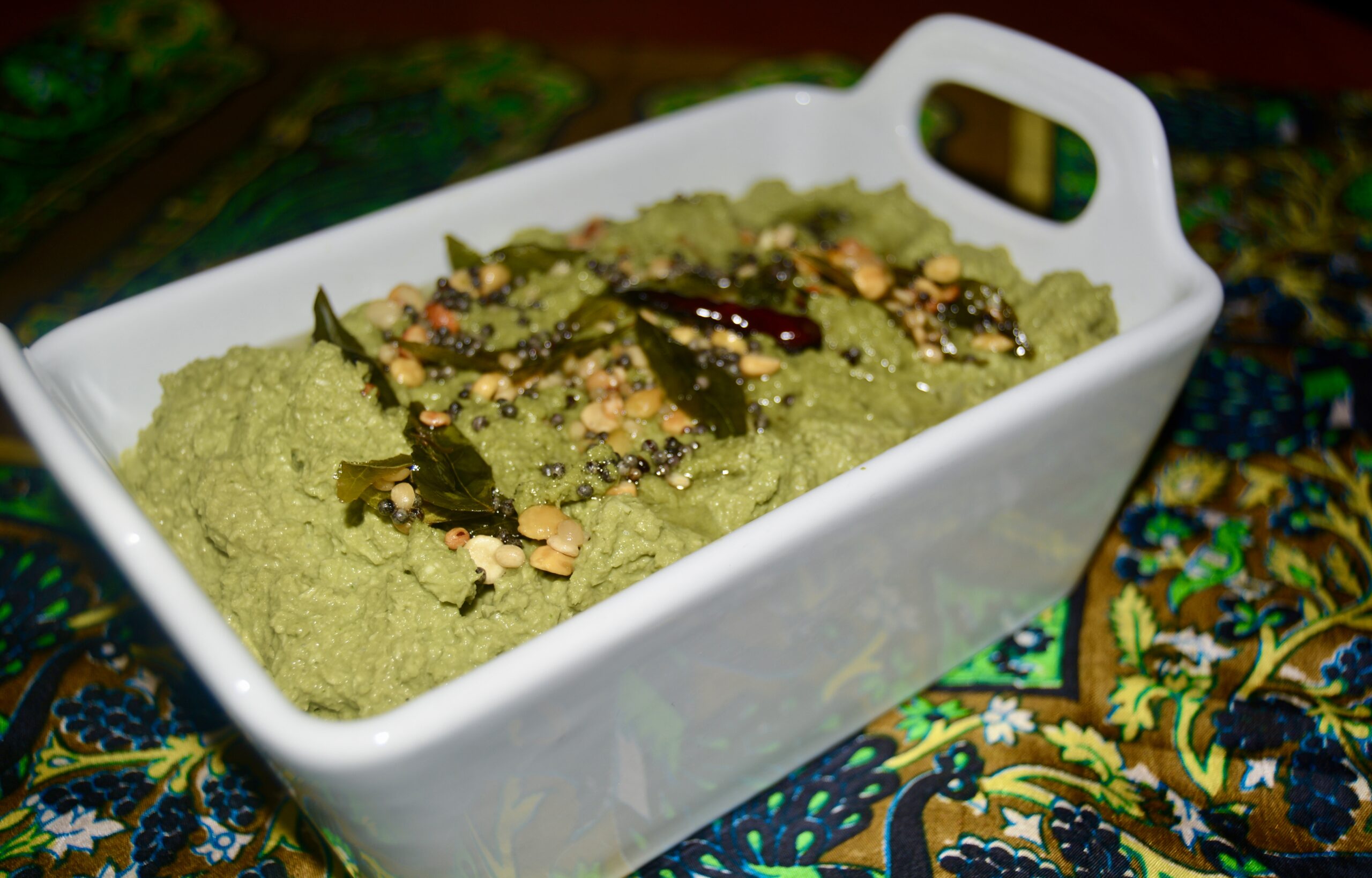
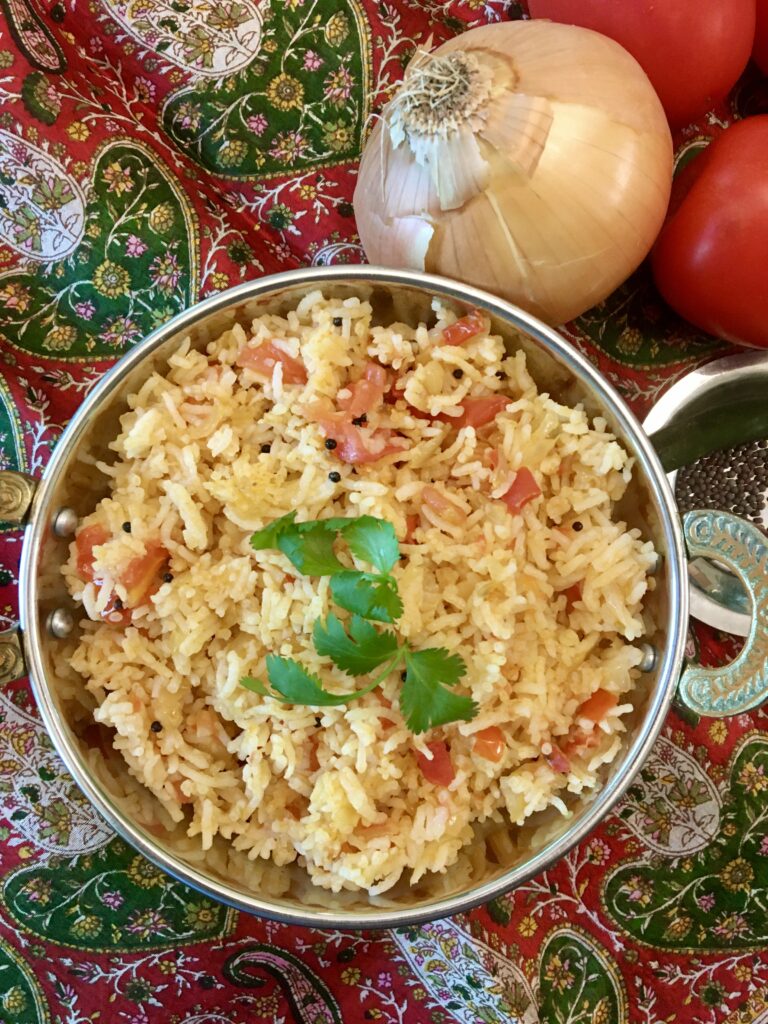
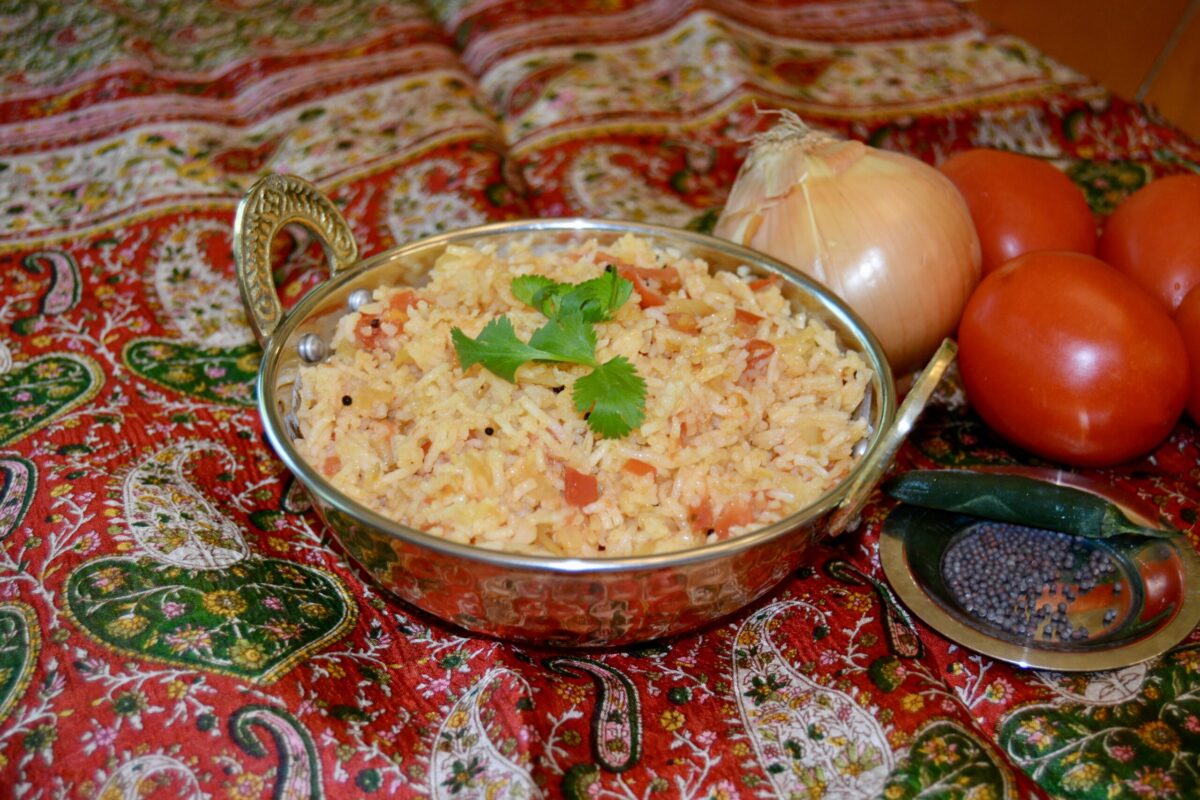
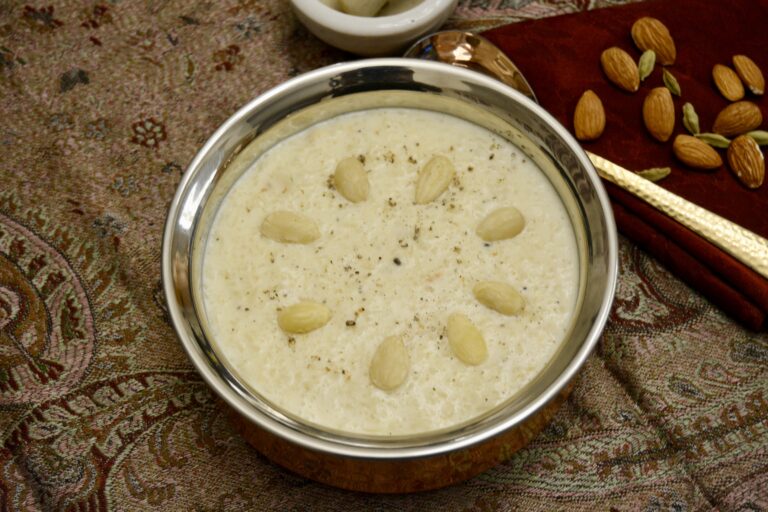
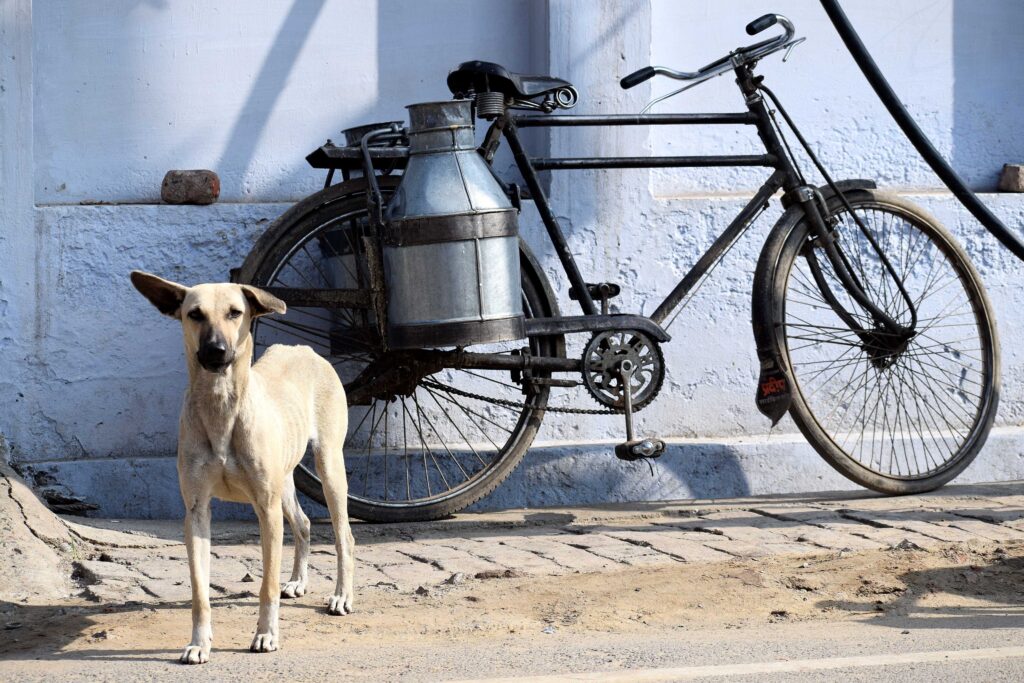 The milk is delivered from the local doodhwala (milkman), who rides in on his bike with two huge milk cans of fresh milk tethered to either side of the metal back seat. It always amazes me how he manages to balance those heavy-laden cans that are strapped to his bicycle. He arrives diligently twice a day, morning and evening, ringing his bicycle bell loud and clear to announce his arrival. He dips a measured ladle with a large handle into the can and pours the milk into the dekchi (a flat-bottomed cooking pot) held out to him. Since it is not pasteurized, the milk has to be boiled.
The milk is delivered from the local doodhwala (milkman), who rides in on his bike with two huge milk cans of fresh milk tethered to either side of the metal back seat. It always amazes me how he manages to balance those heavy-laden cans that are strapped to his bicycle. He arrives diligently twice a day, morning and evening, ringing his bicycle bell loud and clear to announce his arrival. He dips a measured ladle with a large handle into the can and pours the milk into the dekchi (a flat-bottomed cooking pot) held out to him. Since it is not pasteurized, the milk has to be boiled.